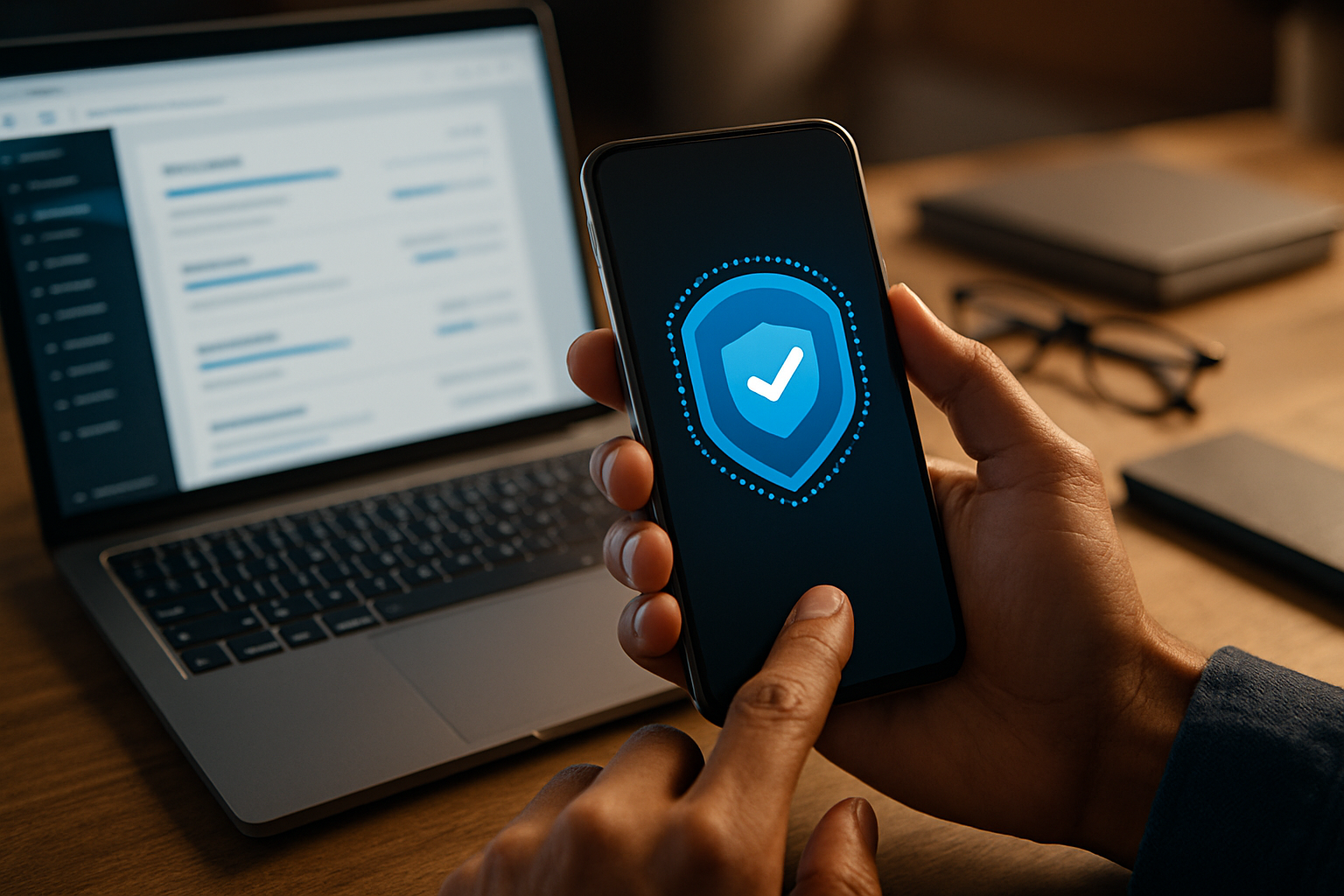This Simple Setting on Your Phone Can Prevent Identity Theft
In our increasingly digital world, the convenience of smartphones comes with the potential risk of identity theft. With the vast amount of personal information stored on these devices, protecting your identity has never been more crucial. Fortunately, there is a simple setting on your phone that can significantly reduce the risk of identity theft. This article explores how enabling this feature can safeguard your personal data and provides insights into additional measures you can take to enhance your digital security.

What is identity theft and how does it affect smartphone users?
Identity theft is the fraudulent acquisition and use of someone’s personal information, typically for financial gain. Smartphone users are particularly vulnerable to this crime due to the wealth of sensitive data stored on their devices. From banking apps to social media accounts, our phones contain a treasure trove of information that identity thieves can exploit. The consequences of identity theft can be devastating, ranging from financial losses to damaged credit scores and even legal complications.
How do smartphones become targets for identity thieves?
Smartphones become targets for identity thieves through various means. Unsecured Wi-Fi networks, phishing emails, malicious apps, and lost or stolen devices are common entry points for cybercriminals. Additionally, many users unknowingly compromise their security by using weak passwords, failing to update their operating systems, or neglecting to enable built-in security features. As our reliance on smartphones for daily tasks increases, so does the potential for identity theft if proper precautions are not taken.
What is the simple setting that can prevent identity theft?
The simple yet powerful setting that can significantly reduce the risk of identity theft is two-factor authentication (2FA). This security measure adds an extra layer of protection to your accounts by requiring two forms of identification before granting access. Typically, this involves something you know (like a password) and something you have (such as your smartphone). When enabled, even if a thief manages to obtain your password, they would still need physical access to your device to complete the login process.
How does two-factor authentication work on smartphones?
On smartphones, two-factor authentication usually works through push notifications, SMS codes, or authenticator apps. When you attempt to log in to an account with 2FA enabled, you’ll first enter your password. Then, you’ll be prompted to provide a second form of verification. This could be a code sent to your phone via text message, a notification asking you to approve the login, or a time-based code generated by an authenticator app. By requiring this second step, 2FA ensures that only you can access your accounts, even if your password is compromised.
What are the benefits of using two-factor authentication?
Two-factor authentication offers numerous benefits for smartphone users in the United States. Firstly, it significantly reduces the risk of unauthorized access to your accounts, even if your password is stolen or guessed. Secondly, 2FA provides peace of mind, knowing that your sensitive information is protected by an additional layer of security. Moreover, many financial institutions and online services now offer incentives or require 2FA for certain transactions, recognizing its effectiveness in preventing fraud.
What additional security measures can enhance smartphone protection?
While two-factor authentication is a crucial security measure, there are several other steps you can take to further protect your smartphone and personal information:
-
Use strong, unique passwords for each account
-
Keep your operating system and apps up to date
-
Enable device encryption
-
Use a reputable mobile security app
-
Be cautious when connecting to public Wi-Fi networks
-
Regularly back up your data
-
Enable remote tracking and wiping features
By implementing these measures alongside 2FA, you can create a robust defense against identity theft and other cyber threats.
In conclusion, enabling two-factor authentication on your smartphone is a simple yet highly effective way to prevent identity theft. This additional layer of security significantly reduces the risk of unauthorized access to your accounts and protects your personal information from cybercriminals. By combining 2FA with other security measures, you can ensure that your digital life remains safe and secure in an increasingly connected world.




